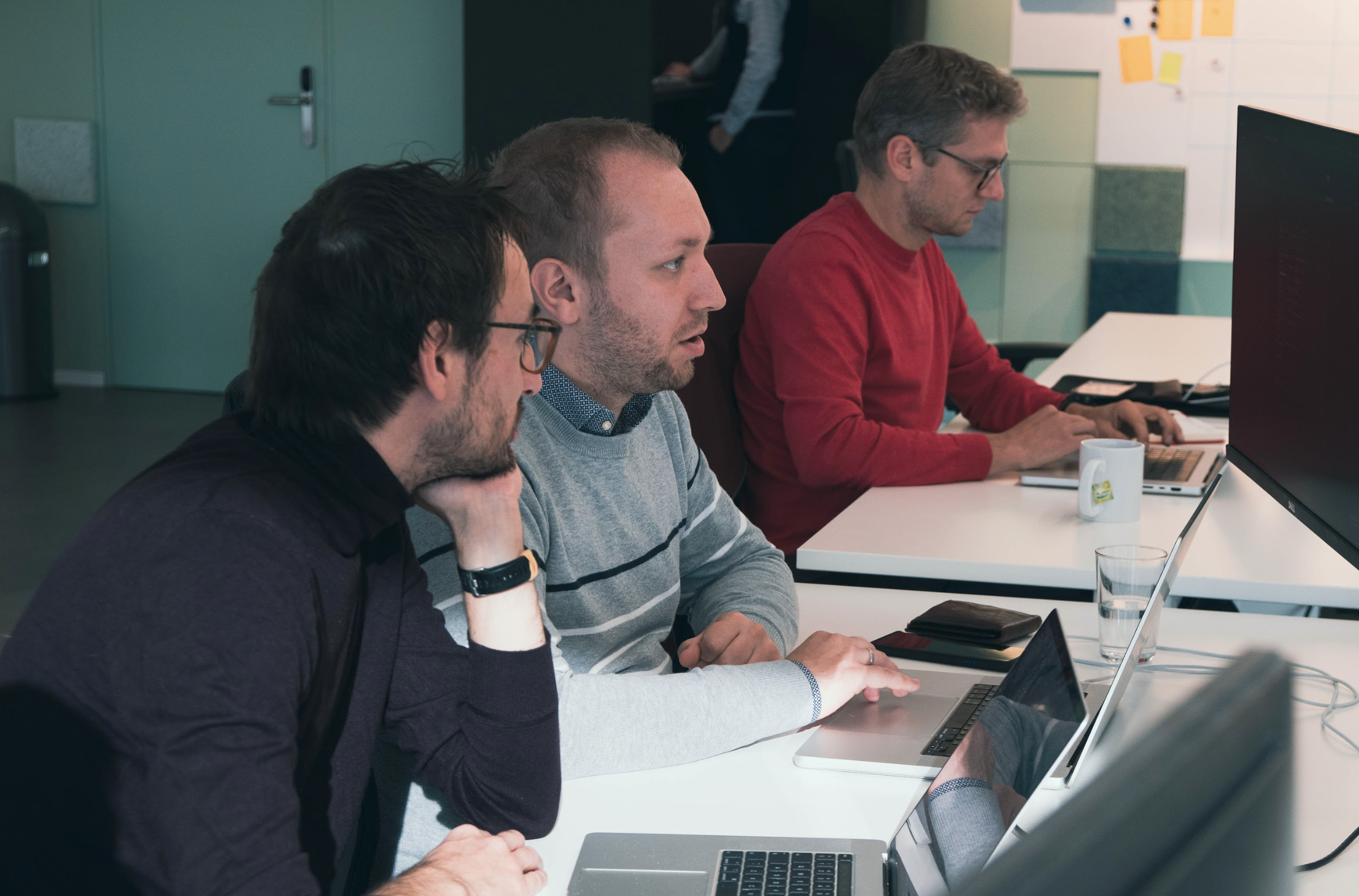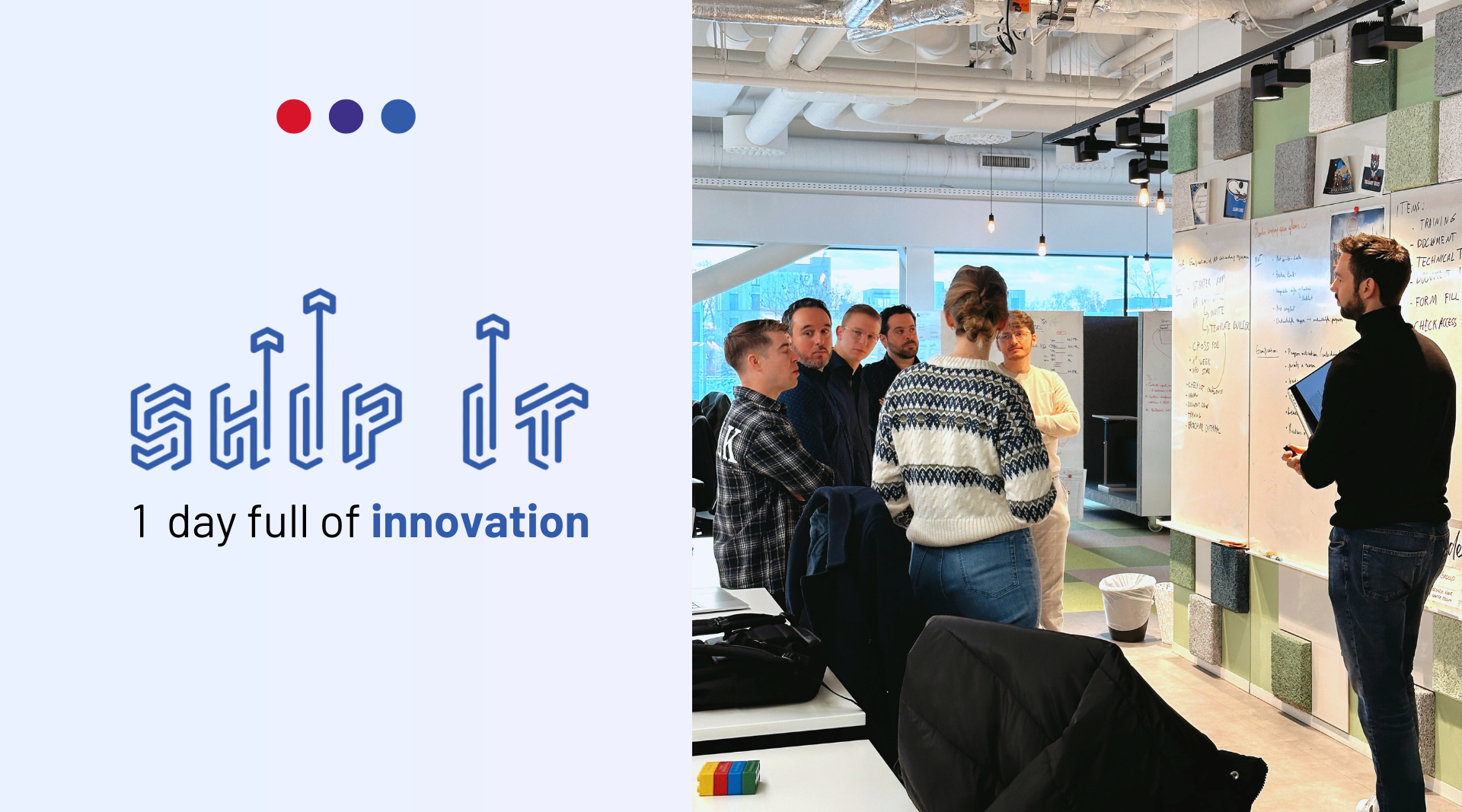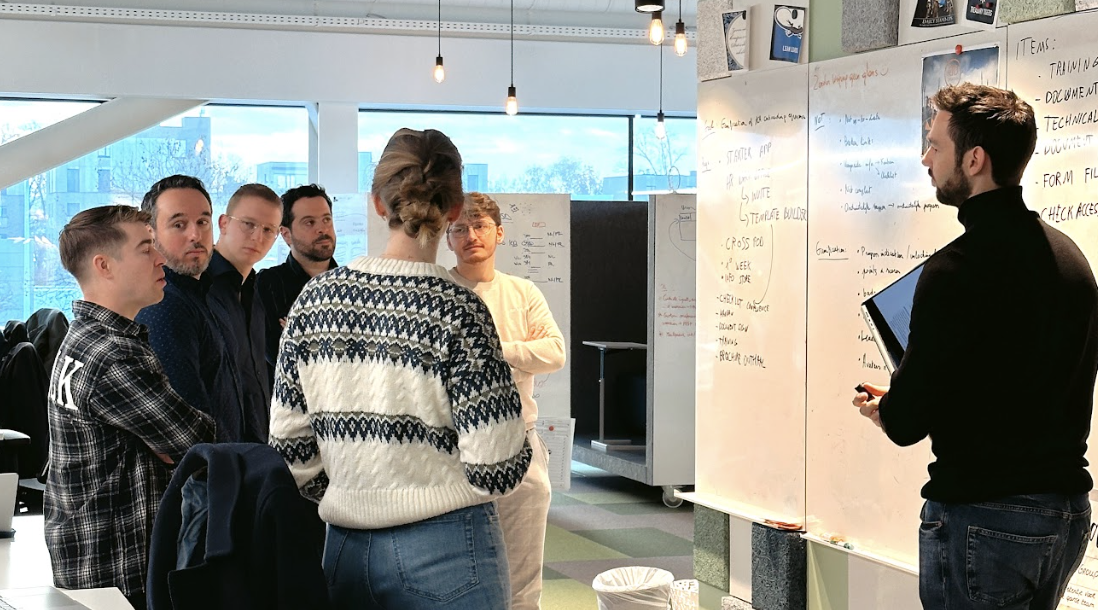
Ship-IT Day 2023: all projects at a glance
On November 30 (today!), ACA Group will launch their annual Ship-IT Day. During this hackathon, various teams of ACA team members will develop an innovative idea for (and together with) the customer. This year, nine project teams will compete for eternal glory that awaits at the end of the day. Discover all projects here.
What is Ship-IT Day?
Ship-IT Day is in its sixth edition this year 🎉. On this day everything revolves around collaboration and innovation. Various multidisciplinary ACA teams (whether or not supplemented with the right experts from the customer) will use their knowledge and expertise on November 30 to come up with innovative solutions for internal or external challenges. The goal is to present a first proof of concept at the end of the day, with a winner selected based on these presentations.
Why?
With the Ship-IT Day, ACA Group wants to give its employees the opportunity to work on innovative ideas that can form the basis for concrete solutions. It is also a great opportunity to build knowledge and explore new opportunities.
There are many good ideas within ACA. These ideas are not always given the same opportunity to be developed within existing projects. To stimulate innovation, we want to give everyone the opportunity to work on these types of ideas during the Ship-IT Day.
— Stijn Van den Enden, Chief Innovation Officer at ACA Group
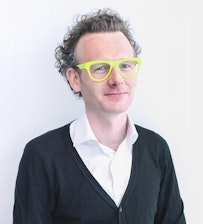
The 9 Projects of Ship-IT Day 2023 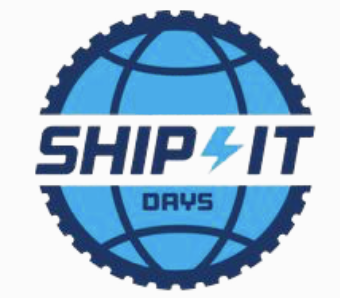
1. Chatbot & course integration in customer portal
In the customer portal of one of our clients, employers have access to more than fifty different brochures. However, it is difficult to know where to find specific information. In addition, this customer offers 384 training courses. This also requires a lot of searching to find the right training courses.
With this project, the team of eight experts wants to offer a solution to simplify the search for documentation and training for employers. They want to do this by expanding the existing AI tool, transforming it into a web component, and integrating it as a chatbot into the existing customer portal.
2. System integration tests in a CI/CD pipeline
During the R&D and testing phase of traffic management systems, this company relies heavily on manual testing and actions such as deploys to test environments. In addition to the extra work, problems are also discovered relatively late, making the costs of solving them higher than necessary.
The project team of four experts aims to address these issues by introducing end-to-end testing against an integrated backend and frontend, performed in GitHub actions. After a successful run, the software can then be automatically deployed to a test environment. The solution will result in shorter feedback loops and an improvement in product quality.
3. Onboarding portal/platform including gamification
Every new ACA member undergoes an onboarding process, and the relevant information is currently distributed across different platforms. This project aims to establish a centralized platform that consolidates all onboarding information. The incorporation of gamification elements adds an extra layer of fun for each incoming employee. Additionally, utilizing the platform enhances HR's ability to efficiently manage follow-ups.
4. Automatic dubbing, transcription and summary of conversations
The consultants of one of our clients engage in numerous conversations, each requiring a subsequent report—a time-consuming task.
The project team of seven experts will use Speech-To-Text technology to automatically create transcriptions of these conversations in real time. Leveraging Large Language Models, the team can also provide live translations for seamless communication with partners who may not speak Dutch or French. Furthermore, the technology facilitates the automatic generation of summary reports after each conversation.
5. publiq film offering data import via ML
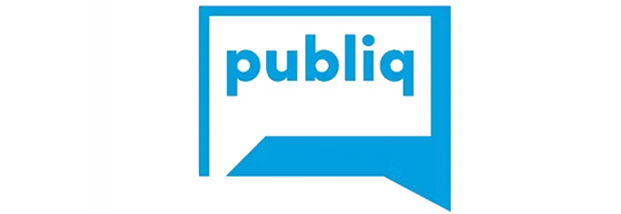
publiq manages the communication of public leisure offerings, frequently receiving numerous emails weekly regarding film offerings. Currently, this information is manually inputted into the UiT database (https://www.uitdatabank.be), a time-consuming task that occasionally leads to duplicate publications.
To address this, a project team consisting of four ACA employees and seven publiq experts aims to enhance the data import process for film offerings into the UiT database. Through the integration of machine learning, this initiative seeks to significantly improve efficiency, ensuring quicker availability of information on www.UiTinVlaanderen.be.
6. SMOCS, Low level mock management systeem
The Woningpas, an online tool from the Flemish government, uses many integrations with external parties. They provide a Swagger file with descriptions of their endpoints, while they develop their API in the meantime. ACA is developing a mock application in parallel for this purpose that mocks the API endpoints with specific cases provided by the customer. This involves a lot of development work. Moreover, changes often occur that require the mock application to be reworked. The customer also often adds additional edge cases that need to be tested ad hoc.
The project team aims to create a user-friendly tool facilitating the addition of mock data by the entire team. This empowers the customer to independently test and incorporate edge cases. The objective is to enable developers to concentrate more on actual code development.
7. Composable data processing architecture
For a government service that collects a lot of data from external parties, according to largely similar processes, this project team wants to establish a reference architecture that can be used for the development of new applications. This means you do not have to start from scratch every time, and fewer development costs and maintenance are required.
The focus is on composability and platform thinking within the context of data ingestion. The developers of an application must be able to choose which building blocks they bring together to build their application. Setting up a new application should be relatively simple, with the aim being that the application can limit itself to defining the application-specific business rules.
8. Virtual employees
This project team wants to expand the customer's team with virtual employees based on AI and chatbot technology. These extra virtual colleagues can help train new employees and make internal knowledge accessible.
The idea is to set up several separate bots, each with their own specialization. The training of the bots will be done gradually.
9. Automated invoicing
The customer involved is responsible for incident management of trucks and transport throughout Europe, including the coordination of truck repairs. They handle approximately 50,000 invoices each year from local garages, requiring translation before forwarding to insurers and suppliers. This process is highly labor-intensive and time-consuming.
This project team wants to build an AI solution to largely automate the invoicing process. They get started based on 32 sample invoices.
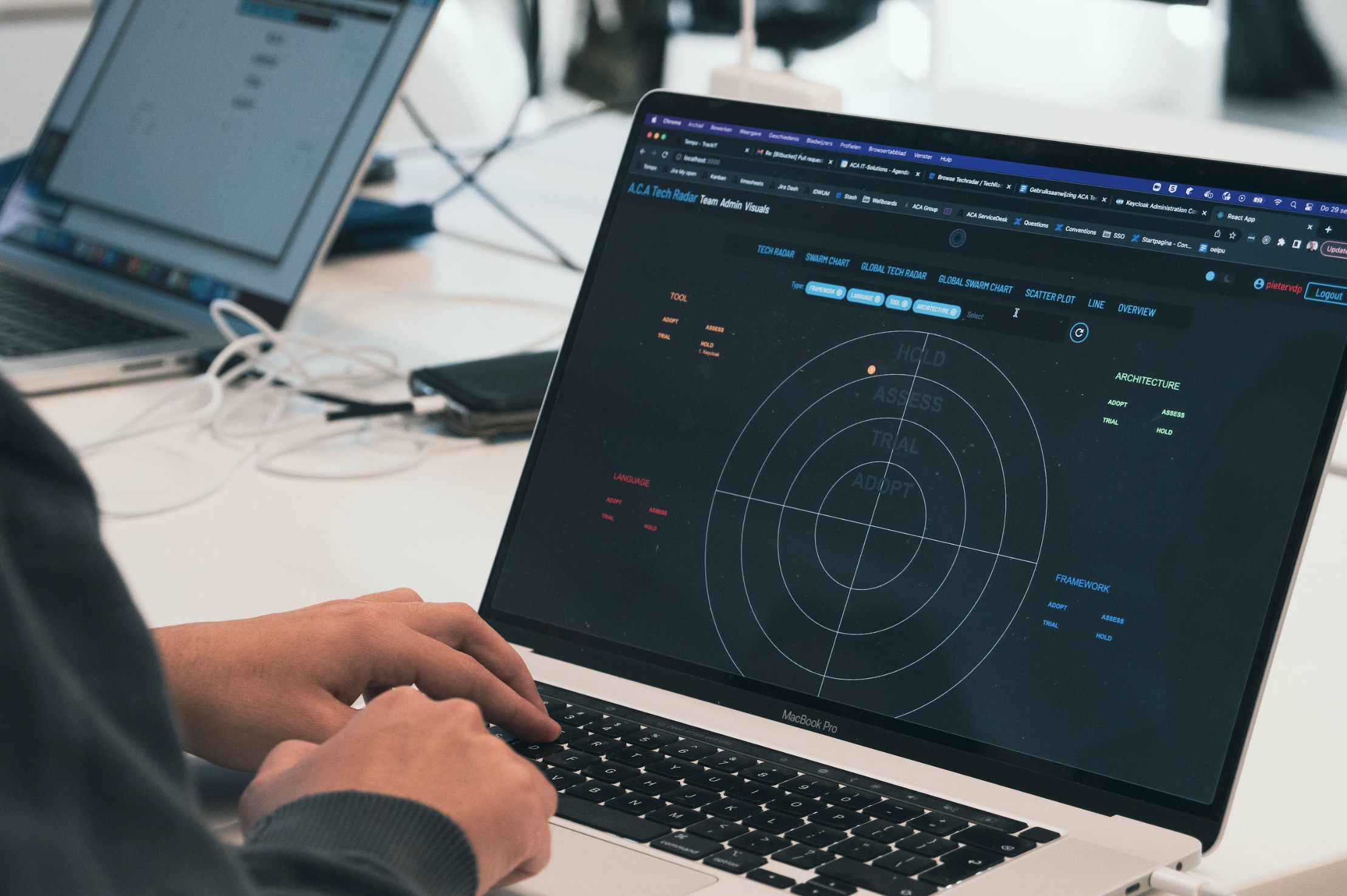
Stay tuned on our social media channels (LinkedIn, X, Instagram and Facebook) to discover which project will be announced as the laureate on November 30! 🏆
